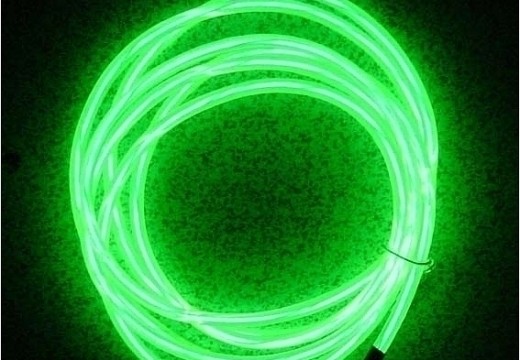
doi: 10.1103/RevModPhys.75.The Parker Solar Probe, seen here in an artist’s rendition, is the fastest object ever made by humans and used the gravity of the Sun to get going 0.05% the speed of light. “The fundamental constants and their variation: observational status and theoretical motivations”. Recent advances in metrology and fundamental constants.

“Physics behind the definition of the meter”. But, so far these theories don’t have practical applications. Ways this might happen include tunneling using wormholes or stretching space-time into a “warp bubble” around a spacecraft. The key to going faster than the speed of light is to change space-time. While it isn’t possible to go faster than the speed of light, it doesn’t necessarily mean warp drive or other faster-than-light travel is impossible. So again, no actual movement faster than c occurs. Distant galaxies appear to move away from Earth faster than the speed of light (outside a distance called the Hubble sphere), but the motion isn’t due to the galaxies traveling through space. However, the information isn’t conveyed by the waves faster than the speed of light. For example, the phase velocity of x-rays through glass often exceeds c. However, faster-than-light speeds appear in physics. But, information cannot be transmitted instantaneously (faster than c) because it isn’t possible to control the initial quantum state of the particle when it is observed. When two particles are entangled, changing the state of one particle instantaneously determines the state of the other particle, regardless of the distance between them. At first glance, quantum entanglement appears to transmit information faster than c. Furthermore, energy, signals, and individual photos cannot travel faster than c. Accelerating a mass to the speed of light requires infinite energy. Among other reasons, traveling at c gives an object a length of zero and infinite mass. Objects that have mass cannot travel at the speed of light or exceed it. The upper speed limit for massless particles is c.

Since then, numerous experiments have verified the invariance of c.

In other words, Einstein suggested the speed of light is invariant. Albert Einstein suggested c was a constant and that it did not change according to the frame of reference of the observer or any motion of a light source. In 1865, James Clerk Maxwell proposed that light was an electromagnetic wave that travelled at a speed c. So, Rømer’s finding showed light takes time to travel, but scientists did not know the speed of light or whether it was constant. For example, you see a lightning strike immediately, but don’t hear thunder until after the event. Prior to this, it seemed light propagated instantaneously. In 1676, Danish astronomer Ole Rømer discovered light travels at a speed by studying the movement of Jupiter’s moon Io. Measuring the speed of light today indirectly measures the length of the meter, rather than c. Now that the speed of light is defined, it is fixed rather than measured. The other way of measuring the speed of light is solving for c in equations. For example, you can measure the speed of light by measuring the time it takes for light to travel from a light source to a distant mirror and back again. One way of measuring the speed of light uses great distances, such as distant points on the Earth or known distances between the Earth and astronomical objects. A diamond slows the speed of light by more than half its speed in a vacuum. The index of refraction of a diamond is 2.417. For example, the index of refraction of water is 1.333, which means light travels 1.333 times slower in water than in a vacuum. The index of refraction describes this change. However, scientists are exploring whether the speed of light has changed over time.Īlso, the rate at which light travels changes as it passes through a medium. The speed of light in a vacuum is a constant.



 0 kommentar(er)
0 kommentar(er)
